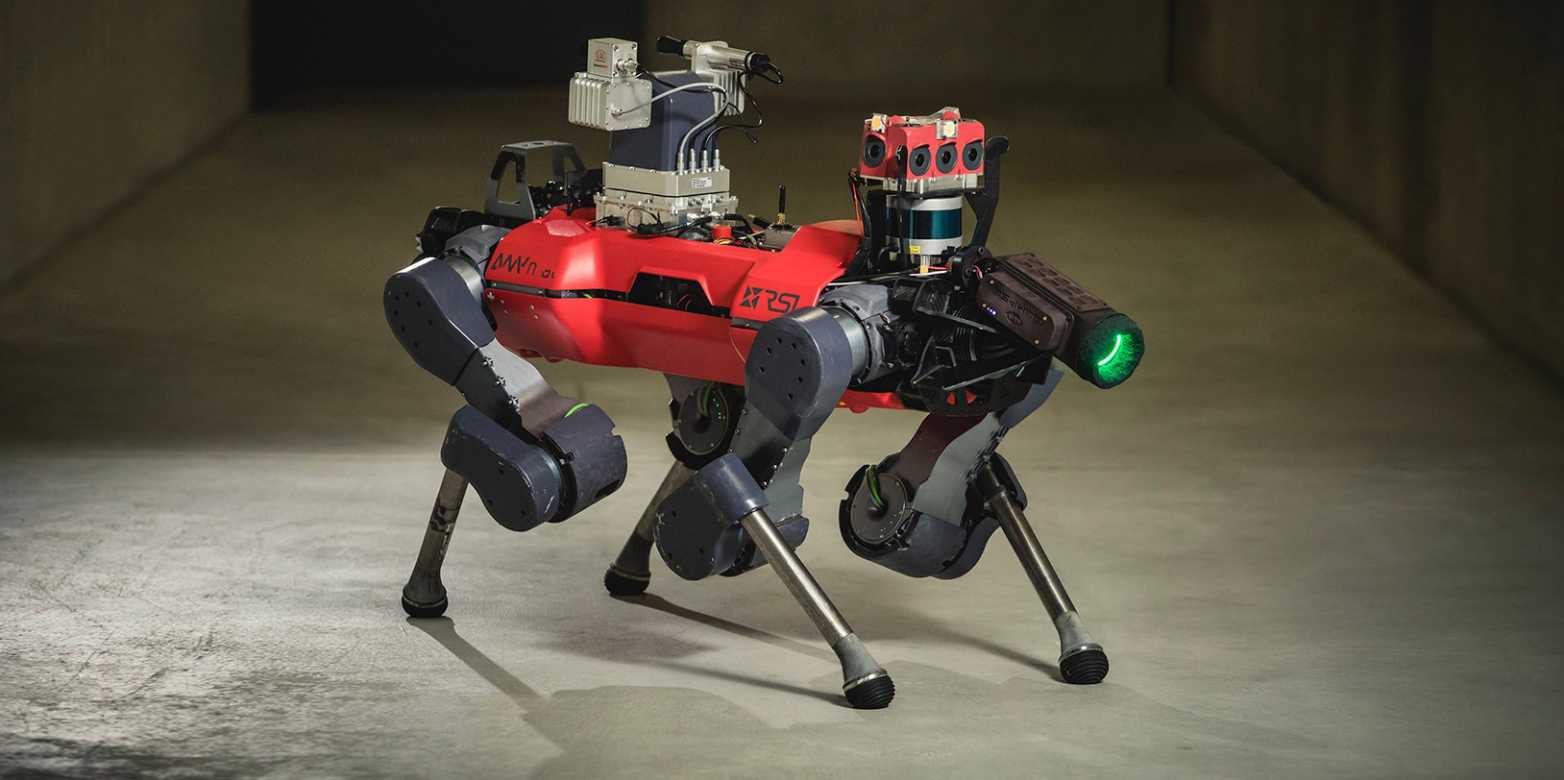Tokyo (SCCIJ) – A lunar rover made in Switzerland may search for water and metals on the moon in the near future. The European Space Agency and the European Space Resources Innovation Centre selected the Swiss robot dog together with four other rovers during the first round of a technological competition for a lunar exploration mission.

The Swiss robotic explorer GLIMPSE may roam the lunar surface in 2028 (Picture: Team Glimpse).
Semi-autonomous machine
The competing teams of researchers and engineers had the task to develop vehicles capable of prospecting resources within a testbed of the Moon’s shadowy polar regions between the Shoemaker and the Faustini craters. To do this, the researchers had to adapt terrestrial exploration technologies for the harsh conditions on the moon. The five selected teams received grants of 75,000 euros each to move their rovers forward to the concluding second phase of the contest.
Among the winners was the robotic explorer GLIMPSE of the Swiss Federal Institute of Technology in Zurich (ETH) and the University of Zurich (UZH). GLIMPSE is the abbreviation of Geological Lunar In-Situ Mapper and Prospector for Surface Exploration. The robot, which resembles a dog, can move across terrain semi-autonomously on its four legs and is fully equipped with a variety of spectrometers to recognize rock types.
Successful simulation test
Florian Kehl of the Spacehub at the University of Zurich (UZH) is leading the GLIMPSE project together with Hendrik Kolvenbach from the Robotic Systems Lab at ETH Zurich. Researchers and engineers from Lucerne University of Applied Sciences and Arts, the University of Basel, and the companies Maxon, ANYbotics, and Metrohm are also involved.
The robotics behind GLIMPSE is based on the ANYmal robot type developed by ETH spin-off ANYbotics. The GLIMPSE robot has instruments for petrographic and chemical rock analysis, including a Raman spectrometer, a microscope, and a camera with a zoom lens for overview and close-up images.
GLIMPSE successfully passed its first test when it navigated an artificial lunar landscape set up for the competition in a former aircraft hangar in the Netherlands. The competition organizers spread 200 tons of lava rock across an area equivalent to seven tennis courts, landscaping it into a Moon-like environment, including the main crater of interest.
In two and a half hours, the machines had to find their way through the unfamiliar lunar landscape to a specific crater where they then had to analyze the rocks. “Afterwards, we had another hour and a half to analyze the data,” said Kehl. “It was a very tight time frame.” The Swiss researchers are now working round the clock to optimize GLIMPSE for the final round which will take place in Luxembourg in September.
Text: SCCIJ with material of ESA and UZH/David Werner





























